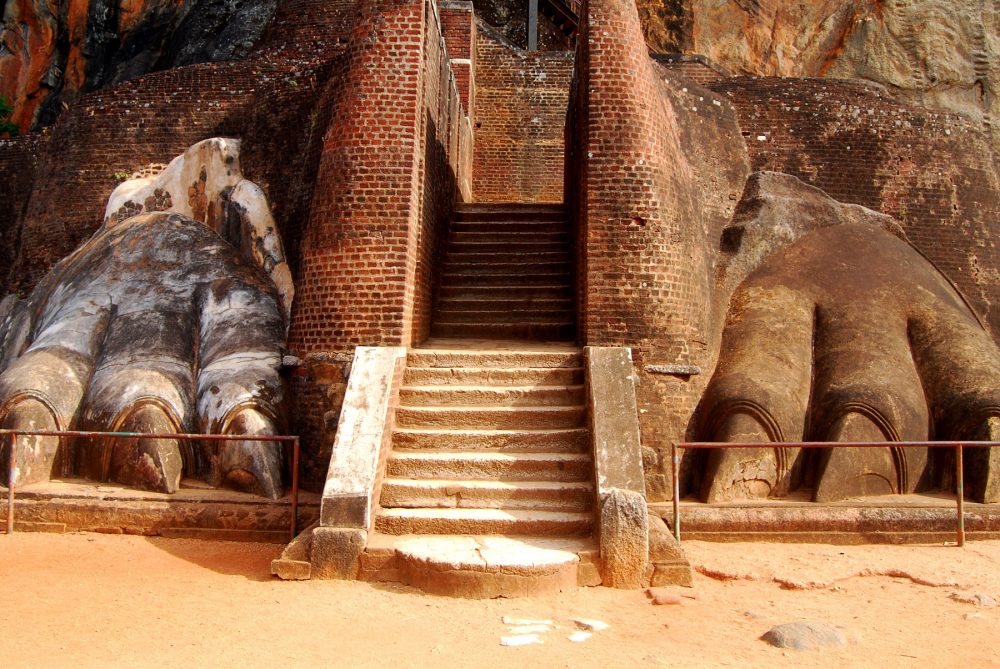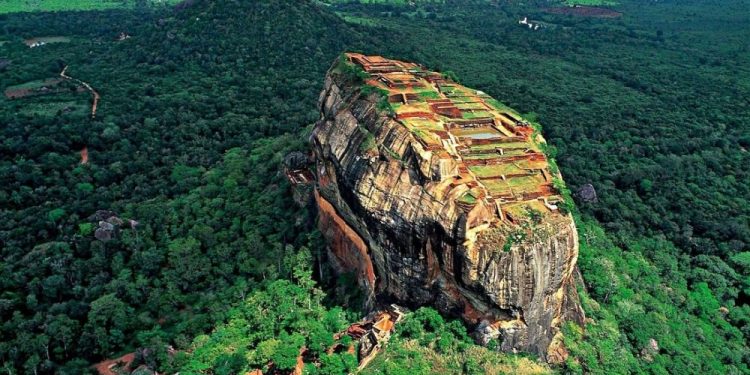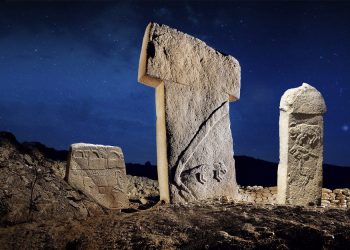The Sigiriya ancient rock fortress is one of the world’s most remarkable archaeological sites, carved into a colossal stone monolith that rises 200 meters above Sri Lanka’s plains. Once a royal palace and later a monastery, this site tells the story of a lost city suspended between myth and history.
A lion-shaped citadel of stone and memory
Rising dramatically above Sri Lanka’s central plains, the Sigiriya ancient rock fortress defies time. Its sheer vertical cliffs cradle the remnants of an advanced civilization that flourished over 1,500 years ago. Known locally as Sīhāgiri, or “Lion Rock,” the massive outcrop and its summit ruins have captivated visitors and scholars alike for centuries.
Situated in the northern Matale District near Dambulla, the Sigiriya ancient rock fortress is a UNESCO World Heritage Site and remains Sri Lanka’s most visited historical landmark. More than just an architectural feat, it is a carefully planned urban complex combining nature with human ingenuity.
The royal city carved into stone
Sigiriya’s origins stretch deep into antiquity. Geological studies reveal that the rock is a hardened remnant of magma from a long-extinct volcano. It towers roughly 200 meters above the surrounding jungle, making its summit a natural stronghold.
In the 5th century CE, King Kashyapa chose this towering formation as the centerpiece of his kingdom. The site he built was more than just a palace—it was a fortified city with moats, ramparts, elaborate gardens, and sacred spaces. Kashyapa’s vision merged the built environment with nature’s wild geometry, combining perfect symmetry with natural asymmetry in a layout unlike any other known from the ancient world.
Some believe the site had earlier religious significance. By the 3rd century BCE, Buddhist monks had already begun occupying the rock shelters around the base of Sigiriya. In later centuries, following Kashyapa’s reign, the entire site was transformed into a Buddhist monastery that endured until the 14th century.
A masterpiece of ancient engineering and design
The Sigiriya ancient rock fortress is also a marvel of engineering. Its extensive hydraulic system includes surface and subsurface technologies that directed and preserved water—some of which remain functional today. These innovations supported a network of gardens that are among the oldest landscaped gardens in the world.
Divided into three types—water gardens, cave and boulder gardens, and terraced gardens—these green spaces reflect a deep understanding of both aesthetic design and ecological principles. These ancient landscapes were not just ornamental; they were a core part of how the city functioned.
One of the most famous features is the Mirror Wall, once so highly polished that the king could see his reflection in it. The wall also became a public canvas. More than 685 inscriptions, mostly poetic verses written between the 8th and 10th centuries, survive today—evidence that Sigiriya attracted visitors even in the distant past.
The grand entrance to the summit once featured a giant lion-shaped gateway. While only the enormous paws remain today, ancient texts and archaeological reconstructions suggest that the entire rock fortress was designed in the likeness of a seated lion, symbolizing strength and divine authority.

A legacy buried and rediscovered
After its abandonment, the Sigiriya ancient rock fortress lay hidden beneath dense jungle growth. It wasn’t until 1831 that Major Jonathan Forbes of the British army stumbled upon the overgrown summit while horseback riding. The first scientific investigations began in the 1890s under British archaeologist H.C.P. Bell, whose work laid the foundation for decades of further research.
While historians credit King Kashyapa with transforming Sigiriya into a royal citadel, some Sri Lankan legends offer a deeper mythological connection. Scholars Lal Srinivas and Mirando Obesekara have speculated that Sigiriya might be the ancient Alakamandava, or “City of the Gods,” constructed 5,000 years ago by King Kubera. Another traditional account, recorded in the Ravana Watha’s Palm Leaf Book, claims the site was designed by Maya Danava, a legendary asura architect mentioned in the Mahabharata.
Whether royal palace or mythic city of the gods, the ancient rock fortress remains a place of wonder. Its blend of legend, art, architecture, and natural beauty continues to inspire awe and spark debate. For over a thousand years, people have traveled to this monumental outcrop, drawn by its mystery—and they still do.











